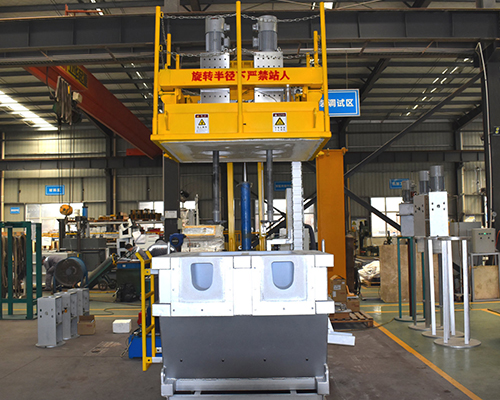The hydrogen removal purification can generally be described as a bubble floatation method. Through a certain method, a large number of bubbles are created in the aluminum liquid, and the partial pressure difference between the hydrogen in the aluminum liquid and the bubbles is used to make the hydrogen in the aluminum liquid continuously enter the bubbles floating in the aluminum liquid, and finally escape the liquid surface with the bubbles. At the same time, a part of the slag is taken away in the process of the bubbles floating up to achieve the purpose of slag removal. The hydrogen removal purification degassing methods mainly include Air-Liquide, SNIF, Alpur, MINT, etc.
The Air-Liquide method is a simpler way to continuously purify the aluminum alloy melt. There is a breathable brick at the bottom, and the nitrogen gas passes through the breathable brick to form tiny bubbles. Bubbles rise in the melt, absorb gas during contact with the melt, absorb inclusions, and bring them out of the surface to produce a purification effect.
The purification principle of SNIF (Spinning Nozzle Inert Flotation) method is to blow inert gas into the melt from a high-speed rotating nozzle to achieve degassing and float and separate inclusions. The purification process: the aluminum alloy melt enters the first purification zone through the population of the device, and is purified by the first rotating nozzle. Then, it enters the second purification zone through the partition for secondary purification, and the melt flows back to the storage chamber at the front of the device through the graphite tube at the bottom of the furnace, and finally flows out through the upper outlet.
The Alpur device has been widely used in the aluminum alloy processing industry since its inception in 1981. A degassing box is placed between the standing furnace and the casting and rolling mill, and the aluminum alloy melt is processed by inert gas in the processing box to remove hydrogen and other impurities. The special structure of the Alpur rotating rotor can cause a large number of dispersed bubbles in the blown gas to achieve a better purification effect.
The MINT (Melt In-Line Treatment) method is a new method that was introduced in the early 1980s and is suitable for online degassing of aluminum alloy melt in aluminum alloy processing and production. It has a good purification effect on hydrogen, non-metallic inclusions and alkali metals in aluminum alloy melt. The aluminum alloy melt flows into the top of the reactor along the tangential direction, and rotates in the reactor, and the argon for purification is sprayed into the aluminum alloy melt from the bottom of the reactor.

